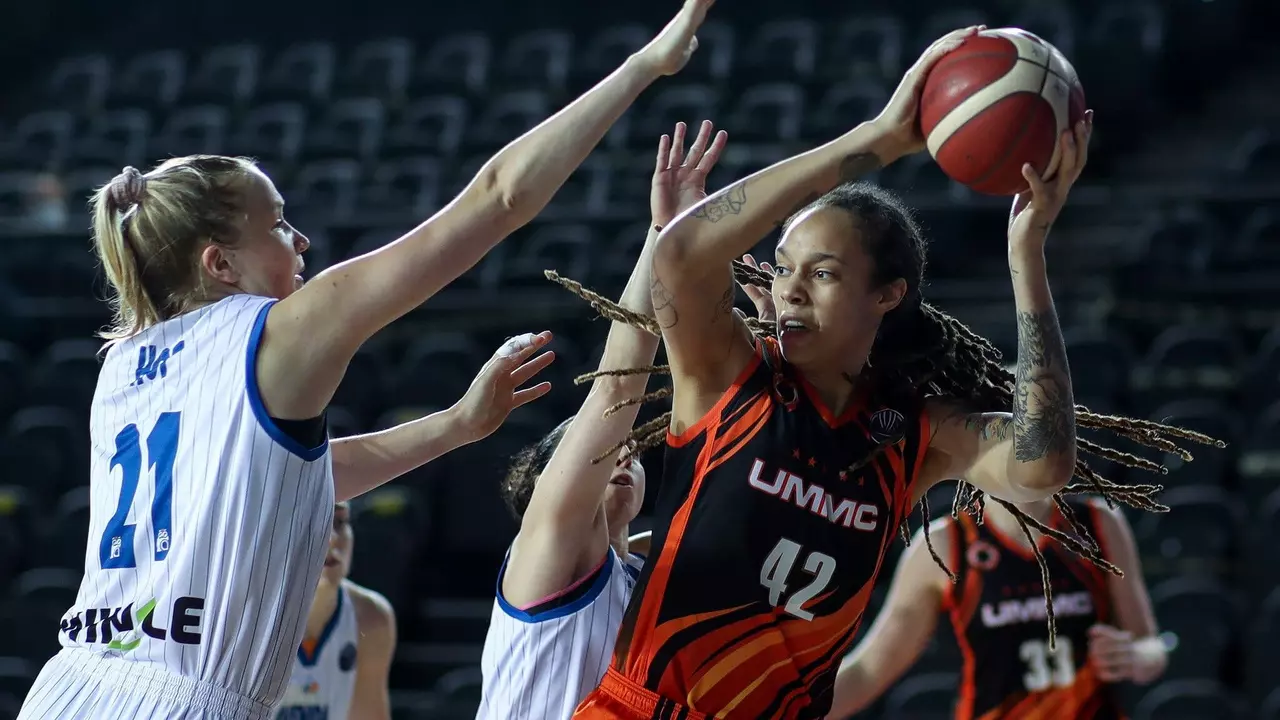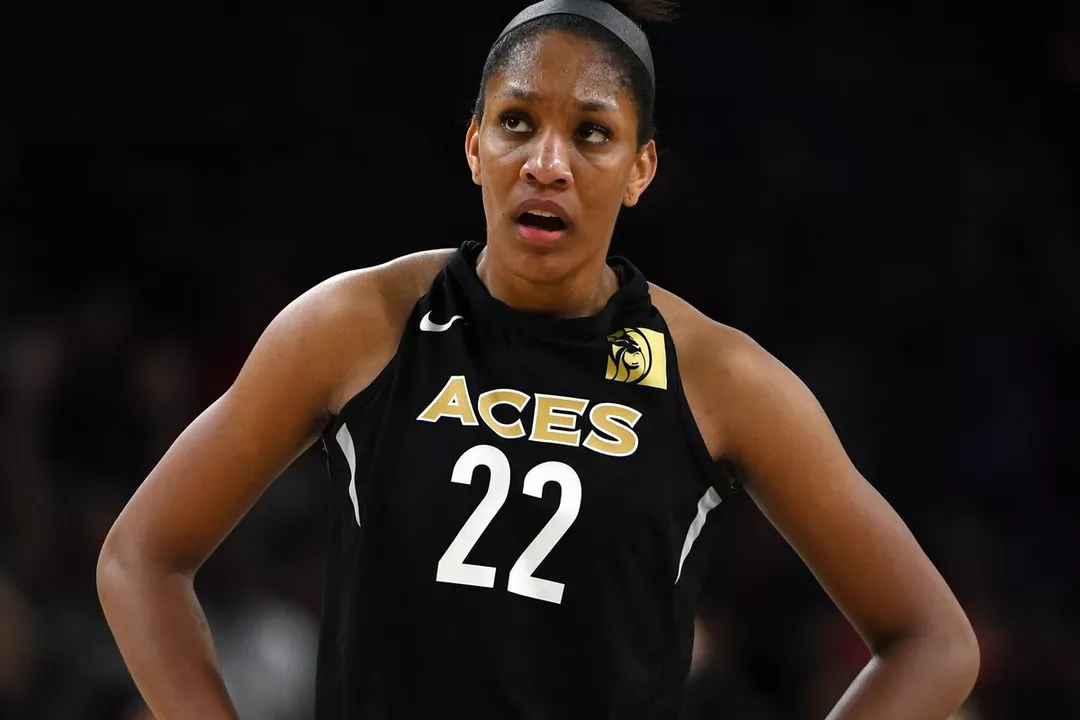WNBA Players – All You Need to Know
When talking about WNBA players, the elite athletes competing in the Women's National Basketball Association. Also known as women's pro basketball stars, they showcase top‑level skill, endurance, and leadership on the court.
These athletes are a core part of basketball, a fast‑paced, global sport that blends teamwork, strategy, and athleticism. In the women's game, women's sports, any competitive activity where female athletes take center stage have surged in viewership, sponsorship, and cultural relevance. That rise fuels demand for accurate player statistics, numbers that track points, rebounds, assists, shooting percentages, and more to compare seasons, evaluate trades, and celebrate milestones.
Why WNBA Players Matter
Understanding WNBA players helps fans follow the WNBA draft, where the next generation of talent gets its first big break. The draft influences team building, salary caps, and long‑term league health. Moreover, player stories—ranging from rookie breakthroughs to veteran comebacks—create narratives that keep audiences hooked week after week.
Every season, media outlets break down performance trends, and fans dig into advanced metrics like Player Efficiency Rating (PER) or Win Shares. Those metrics belong to the broader realm of sports analytics, the data‑driven methods used to assess athlete and team value. When you pair analytics with the human side—community work, advocacy, and on‑court leadership—you get a full picture of why WNBA players are shaping the future of basketball.
From a business standpoint, sponsors look at star power to allocate budgets. Brands partner with players who have strong social media followings, making marketing campaigns more authentic. This commercial interest pushes the league to showcase player profiles, behind‑the‑scenes footage, and interactive fan experiences. All of that activity feeds back into higher ratings for live streams, a topic that also appears in our coverage of other sports like the Ryder Cup and NFL.
For newcomers, the learning curve can seem steep. That's why we break down the basics: position roles (guard, forward, center), season structure (regular season, playoffs, Finals), and the salary landscape. Knowing these fundamentals lets you appreciate why a mid‑season trade can shift a team's championship odds dramatically.
If you're already a hardcore fan, you’ll enjoy deep dives into contract negotiations, the impact of collective bargaining, and how the league’s health initiatives affect player performance. We also explore how the WNBA’s schedule aligns with international competitions, giving athletes chances to represent their countries in events like the Olympics.
Below you’ll find a curated collection of articles that cover everything from draft analysis and player milestones to the business side of the league. Whether you’re tracking your favorite star’s scoring streak or scouting the next breakout rookie, this hub gives you the context and data you need to stay ahead of the game.
Why do WNBA players go overseas to play in the off season?
Well, folks, you'd think after a grueling WNBA season, our hoop heroes would relish a little R&R, right? But nope, they're packing their bags and flying overseas faster than you can say 'double dribble'! Why, you ask? It's all about the moolah, my friends. Turns out, these ladies can earn up to 12 times more overseas than what they make in the WNBA, plus they get to travel the world and experience different cultures. Who wouldn't swap their couch for that?
Why are WNBA players paid so much overseas?
As a passionate sports enthusiast, I've always been curious about the pay gap between WNBA players and their male counterparts. Interestingly, I recently discovered that many WNBA players receive substantially higher salaries when playing overseas. This can be attributed to a combination of factors, including the larger fan base and more significant financial investment in women's basketball in countries like Russia and China. Additionally, the shorter season length overseas allows players to earn a higher salary in a condensed timeframe. Ultimately, it's crucial to continue advocating for equal pay and opportunities for all athletes, regardless of their gender or the league they play in.

